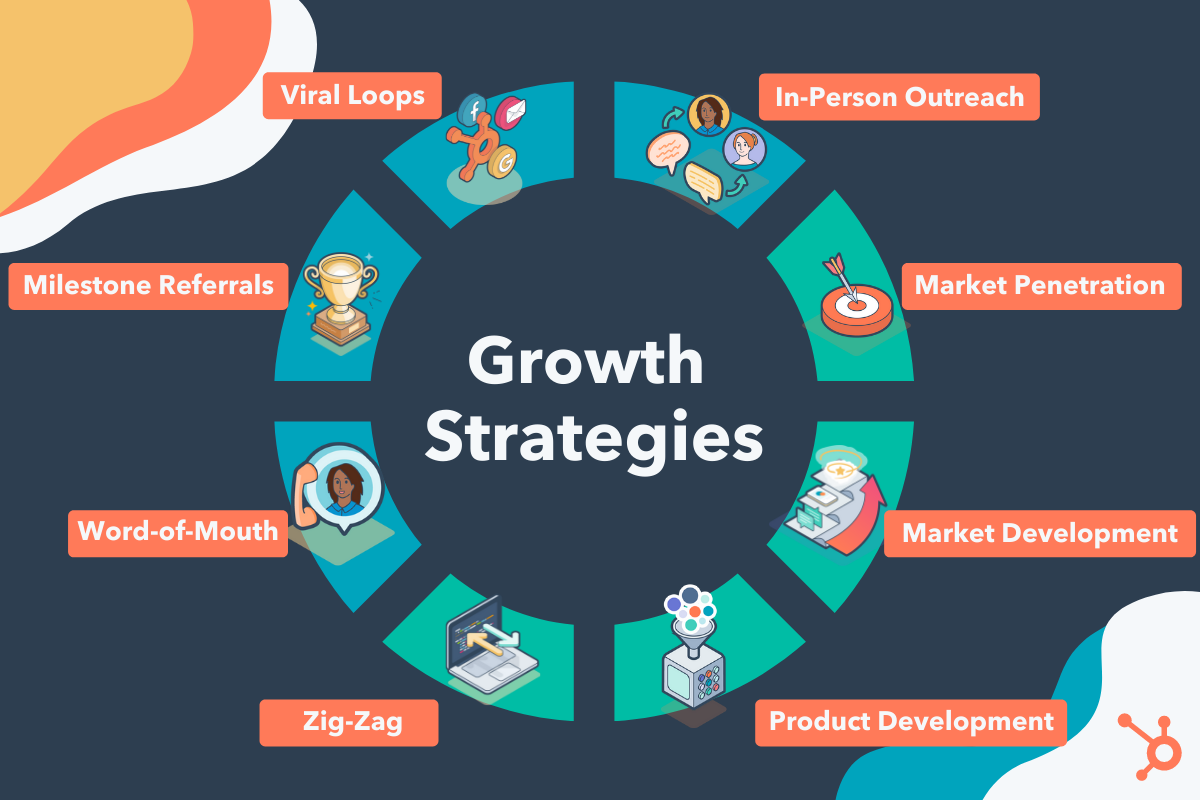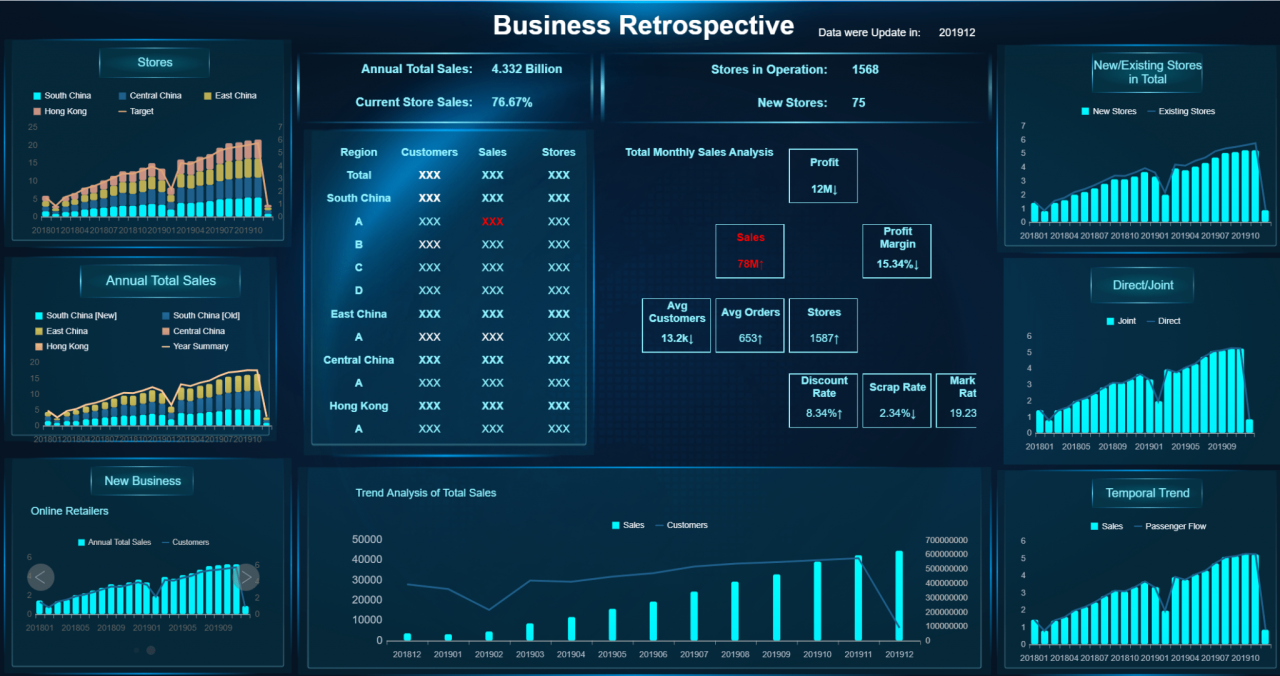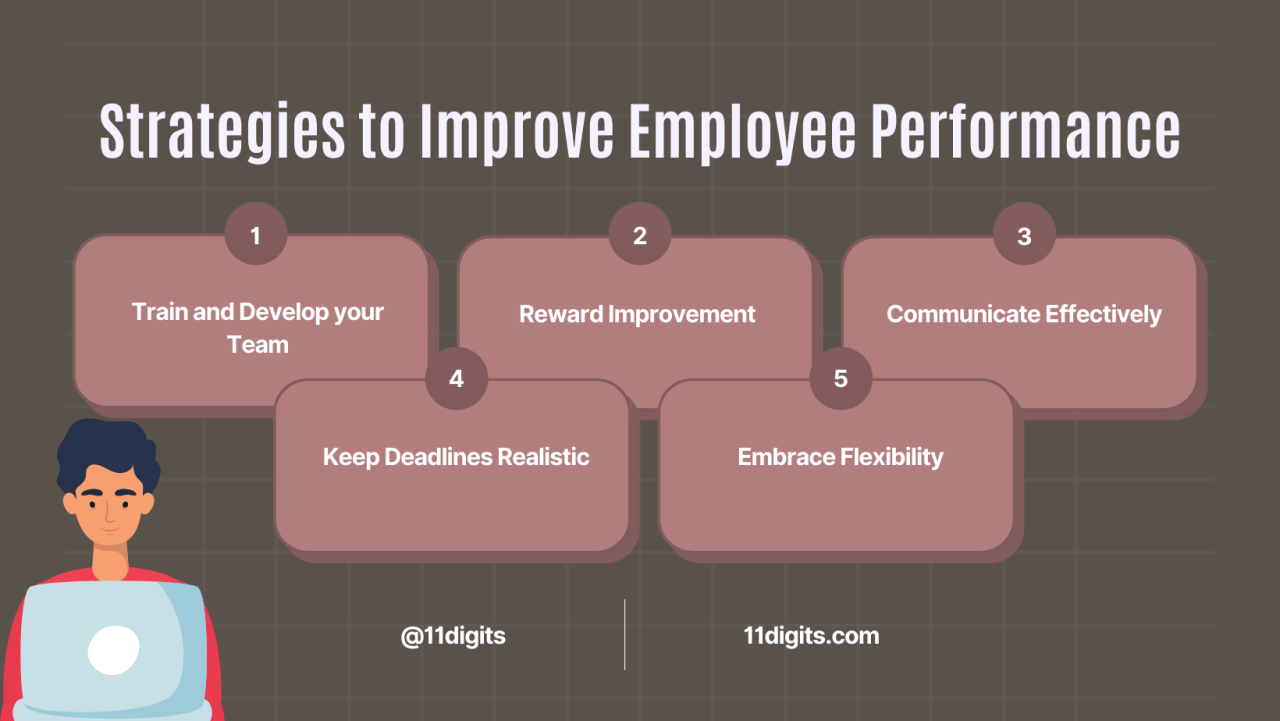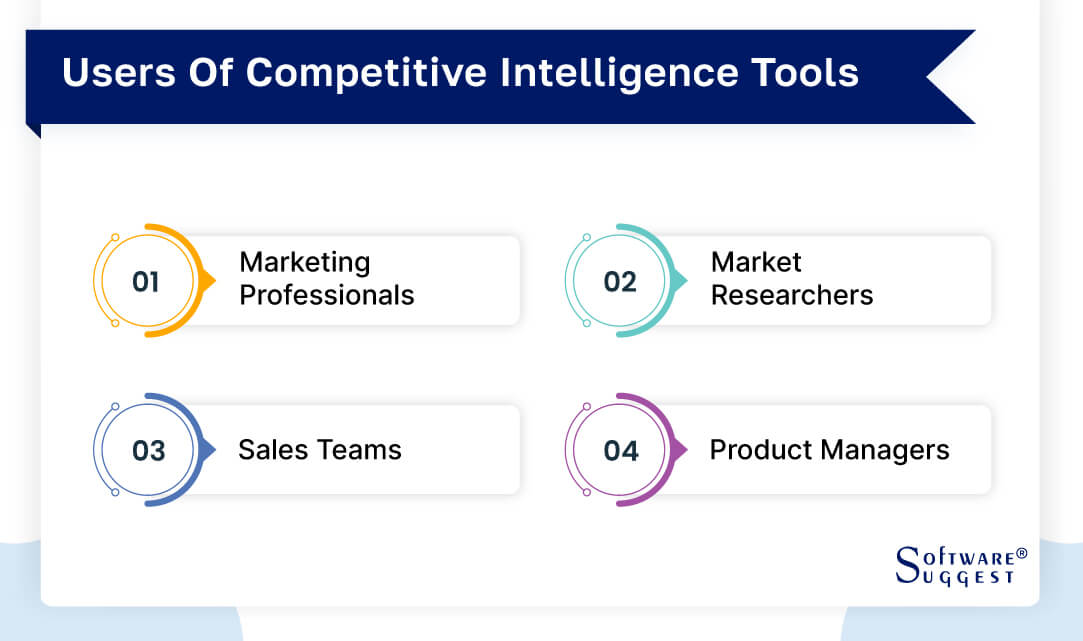Business Process Reengineering Solutions
Business process reengineering solutions revolutionize the way organizations operate, focusing on enhancing efficiency, effectiveness, and overall performance. Dive into this transformative journey to unlock new potentials and achieve unparalleled success.
Explore the key components, implementation strategies, tools, and technologies, as well as the myriad benefits that come with embracing reengineering solutions.
Introduction to Business Process Reengineering Solutions
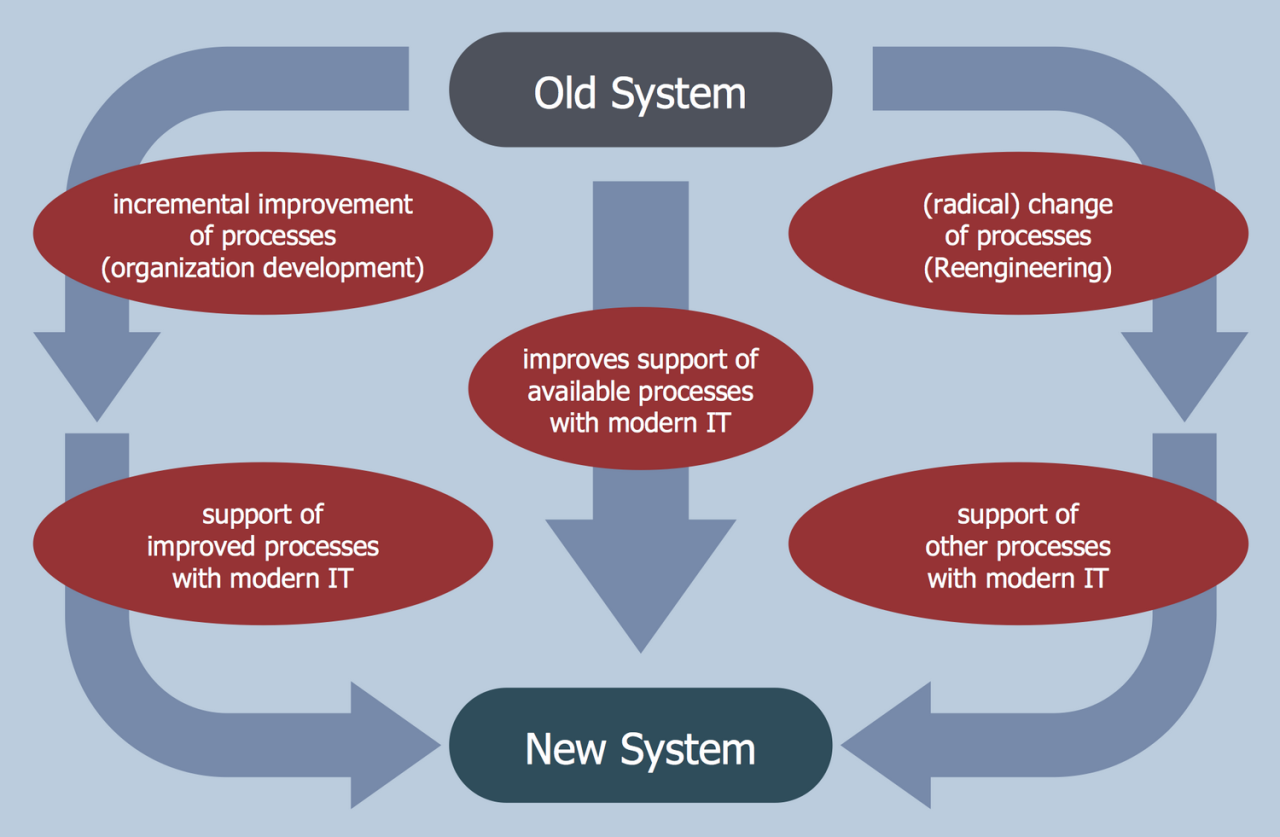
Business Process Reengineering Solutions involve redesigning and restructuring existing business processes to improve efficiency, effectiveness, and overall performance. This approach focuses on analyzing and optimizing workflows, eliminating redundancies, and enhancing customer satisfaction.
Importance of Optimizing Business Processes
- Enhanced Efficiency: By streamlining processes, organizations can reduce the time and resources required to complete tasks.
- Improved Quality: Reengineering solutions help in standardizing processes, leading to higher quality outputs and services.
- Cost Reduction: Eliminating unnecessary steps and automating manual tasks can result in cost savings for the organization.
- Enhanced Customer Experience: By optimizing processes, businesses can deliver products and services more efficiently, leading to increased customer satisfaction.
Examples of Industries Implementing Business Process Reengineering
- Manufacturing: Companies in the manufacturing sector often implement reengineering solutions to streamline production processes and reduce operational costs.
- Financial Services: Banks and financial institutions utilize reengineering to improve transaction processing, customer service, and risk management.
- Retail: Retailers focus on optimizing supply chain processes, inventory management, and customer interactions through reengineering strategies.
- Healthcare: Healthcare organizations adopt reengineering solutions to enhance patient care, reduce medical errors, and optimize administrative processes.
Key Components of Business Process Reengineering Solutions
Business process reengineering solutions encompass various essential elements that are crucial for successful transformation and optimization of processes. These key components play a vital role in streamlining operations and enhancing overall efficiency.
Role of Technology in Modernizing Processes
Technology serves as a cornerstone in modernizing processes within business process reengineering solutions. By leveraging advanced tools and systems, organizations can automate repetitive tasks, improve communication, and enhance collaboration among teams.
- Implementation of Robotic Process Automation (RPA) to automate manual tasks and increase productivity.
- Integration of cloud-based solutions for seamless data sharing and accessibility across departments.
- Utilization of Business Intelligence (BI) tools for real-time analytics and decision-making.
Significance of Data Analysis in Identifying Areas for Improvement
Data analysis plays a critical role in business process reengineering solutions by providing valuable insights into existing workflows and identifying areas for improvement. Through thorough analysis of data, organizations can pinpoint bottlenecks, inefficiencies, and opportunities for optimization.
“Data-driven decision-making is essential for identifying and addressing process inefficiencies effectively.”
- Utilizing data visualization tools to identify patterns and trends within processes.
- Conducting root cause analysis to pinpoint underlying issues contributing to inefficiencies.
- Implementing Key Performance Indicators (KPIs) to measure the success of process improvements.
Implementing Business Process Reengineering Solutions
Implementing Business Process Reengineering Solutions involves a series of steps to transform and optimize existing processes within an organization. However, this process can be challenging due to various factors that organizations may face during implementation.
Steps in Implementing Reengineering Solutions
- Conduct a thorough analysis of current processes and identify areas for improvement.
- Set clear goals and objectives for the reengineering project to align with the organization’s strategic vision.
- Develop a detailed plan outlining the steps, timeline, and resources required for implementation.
- Communicate with stakeholders and involve them in the process to ensure buy-in and support.
- Implement the reengineering solutions gradually, testing and refining as necessary to ensure effectiveness.
- Monitor and evaluate the outcomes of the reengineering project to measure success and identify further areas for improvement.
Challenges in Implementing Reengineering Solutions
- Resistance to change from employees who may be accustomed to existing processes.
- Lack of resources, including time, budget, and expertise, to effectively implement reengineering solutions.
- Difficulty in aligning the reengineering project with the overall strategic objectives of the organization.
- Complexity of integrating new technologies and systems into existing processes.
- Risk of disruption to operations during the implementation phase.
Examples of Successful Reengineering Projects
- IBM: IBM successfully reengineered its supply chain processes, resulting in cost savings of over $50 million.
- Ford: Ford implemented reengineering solutions in its production processes, leading to a significant reduction in assembly time and improved product quality.
- Amazon: Amazon reengineered its customer service processes, resulting in faster response times and increased customer satisfaction.
- Procter & Gamble: Procter & Gamble streamlined its product development processes, reducing time to market and increasing innovation.
Tools and Technologies for Business Process Reengineering: Business Process Reengineering Solutions
When it comes to reengineering business processes, there are several software tools and technologies available to streamline workflows and enhance efficiency through automation. Let’s explore some of the popular options in the market.
Popular Software Tools for Business Process Reengineering, Business process reengineering solutions
- 1. Business Process Management (BPM) Software: BPM tools help in modeling, analyzing, and optimizing business processes to improve efficiency and effectiveness.
- 2. Robotic Process Automation (RPA) Software: RPA tools automate repetitive tasks and manual processes, reducing errors and saving time.
- 3. Workflow Management Software: Workflow management tools enable organizations to define, execute, and monitor workflows, ensuring smooth operations.
- 4. Customer Relationship Management (CRM) Software: CRM systems help in managing customer interactions and streamlining sales and marketing processes.
Technologies for Streamlining Workflows
Various technologies can be utilized to streamline workflows and optimize business processes:
- 1. Cloud Computing: Cloud-based solutions offer scalability, flexibility, and accessibility, allowing for seamless collaboration and data sharing.
- 2. Artificial Intelligence (AI) and Machine Learning: AI technologies can analyze data, predict outcomes, and automate decision-making processes, improving overall efficiency.
- 3. Internet of Things (IoT): IoT devices can collect and transmit data in real-time, enabling process optimization and automation in various industries.
Enhancing Efficiency Through Automation
Automation plays a crucial role in enhancing the efficiency of reengineered processes by reducing manual intervention, minimizing errors, and accelerating task completion. By leveraging automation technologies like RPA and AI, organizations can achieve higher productivity and cost savings while ensuring consistent and reliable operations.
Benefits of Business Process Reengineering Solutions
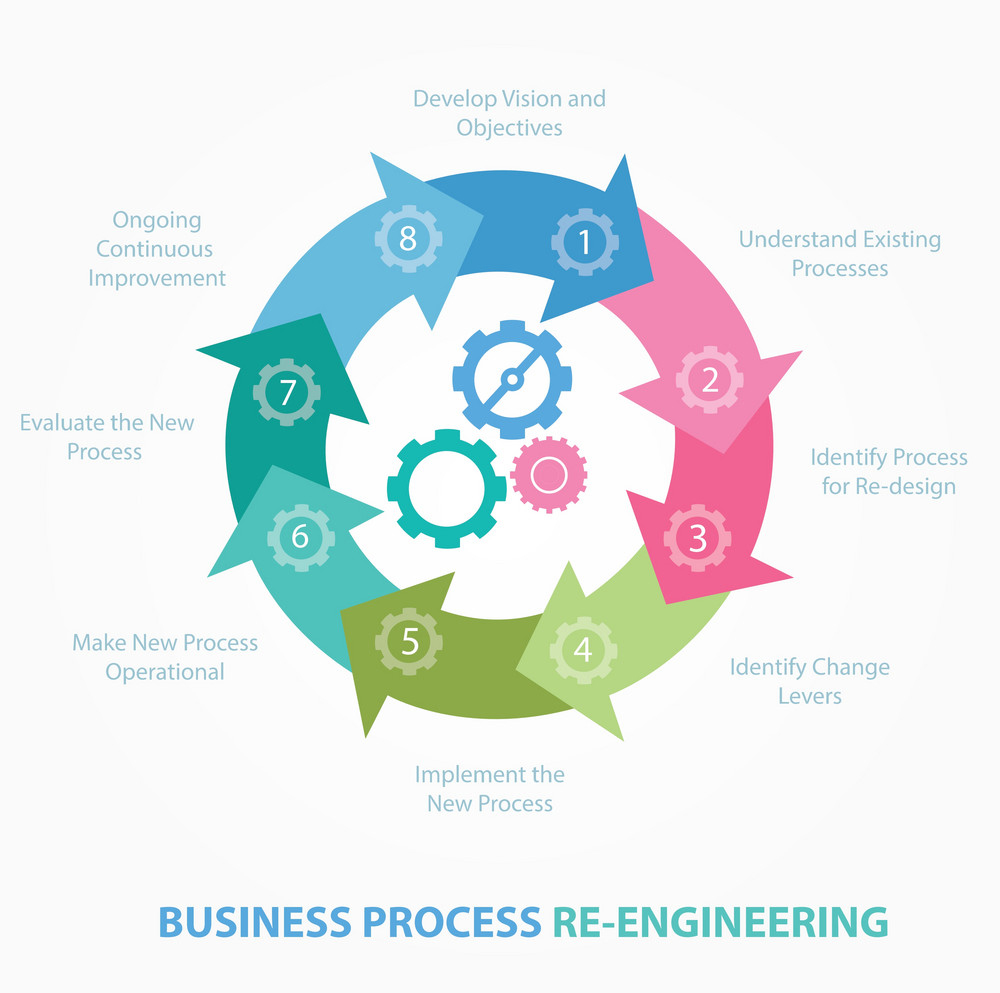
Business process reengineering solutions offer numerous advantages to organizations that implement them. These benefits can lead to cost savings, increased productivity, and overall improved business performance.
Cost Savings
- Streamlining processes can reduce operational costs by eliminating redundant tasks and inefficiencies.
- Automation of manual tasks can lower labor costs and improve resource utilization.
- Optimizing workflows can lead to faster turnaround times and reduced lead times, resulting in cost savings.
Increased Productivity
- Reengineering solutions can enhance collaboration and communication among teams, leading to improved productivity.
- Standardizing processes can eliminate bottlenecks and delays, allowing for smoother operations and increased output.
- Implementing technological tools can automate repetitive tasks, freeing up time for employees to focus on more strategic activities.
Case Studies
Several organizations have experienced significant improvements in business performance after implementing business process reengineering solutions:
Company X reduced its order processing time by 50% after reengineering its sales and distribution processes.
Organization Y achieved a 30% increase in customer satisfaction scores by reengineering its customer service operations.
Company Z saved $1 million annually by optimizing its procurement processes through reengineering initiatives.
FAQ Guide
How can business process reengineering solutions benefit my organization?
By implementing reengineering solutions, organizations can streamline processes, reduce costs, improve productivity, and drive overall business performance to new levels.
What are some common challenges faced during the implementation of reengineering solutions?
Organizations may encounter resistance to change, difficulties in data analysis, and disruptions in workflow during the implementation process.

